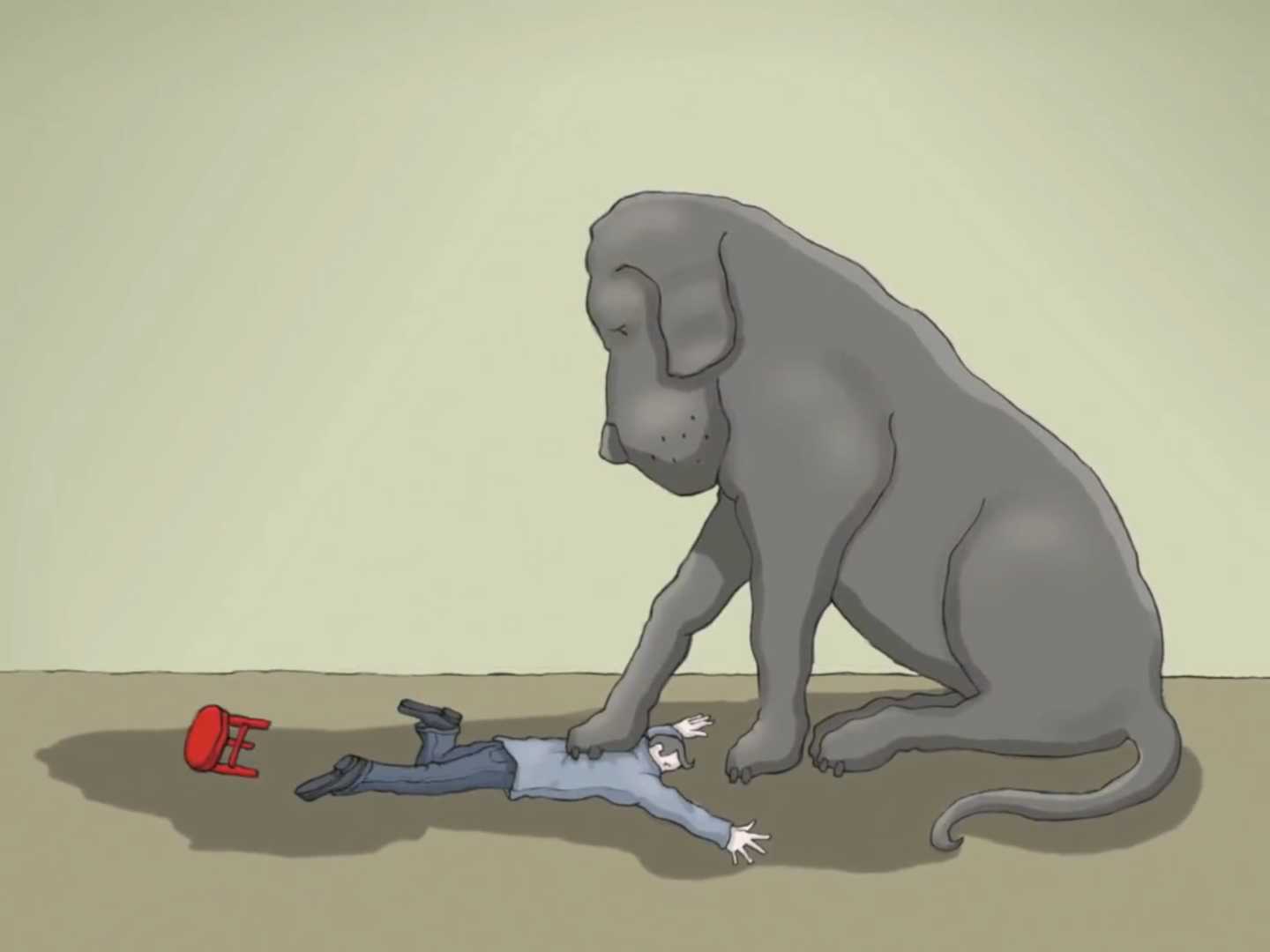It sounds rather sinister, but it really is not. Overshadowing
“is when two or more more stimuli are present, and one stimulus produces a stronger response than the other because it is more relevant or salient. Let’s look at an example…
Let’s say you want to teach your dog to sit. If you lure your dog to a sitting position by dangling a treat over her, while at the same time saying “sit,” guess which stimulus is causing your dog to sit? In this case, smelling the treat overshadows hearing the word “sit” because the treat is more relevant than your voice.” . Retrieved from: https://www.alleydog.com/glossary/definition-cit.php?term=Overshadowing
This concept is constantly operating in training. When you are teaching the dog a new behavior, what stimuli are relevant to eliciting that wanted behavior? And when you add a cue to a new behavior, what stimuli are presented?
I frequently hear prospective clients say “He only sits when I have a treat in my hand!”. Not a surprise, this is absolutely what I would expect if you teach the dog as in the example above. The presence of the dangling treat is more important to the dog than the words you may be saying at the same time.
When adding a cue to a behavior https://wordpress.com/post/trainpositive.blog/1996 the reason we say or present the new cue (such as “touch” for a nose touch to a target) before the target is presented, is to separate the new stimulus (the new cue) from the old stimulus (the presentation of the target). When training a target, you may want this separation so that the dog to touches the target only when you cue it by your verbal cue, not just when the target is available to the dog.
But, it may not matter to you. It may be OK with you to say the verbal cue and present the target at the same time. Decide how you want to use this cue and the context in which you will use it, and consider your dog’s propensities. If you use a hand target as a recall when your dog is at a distance from you, if you present the hand and say the cue at the same time, it is likely to not make a difference. Your dog will need a verbal if they are facing away from you, and will see the hand target (which he should be looking for after hearing “touch”) after he looks at you.
But if your dog starts bumping your hand with his nose when you haven’t cued it, you do need some separation. So, be aware of what you are doing and observe the dog carefully. Test your cues https://wordpress.com/post/trainpositive.blog/2019, and learn from what your dog tells you. If overshadowing has occurred, is is what you have trained.

One Pingback